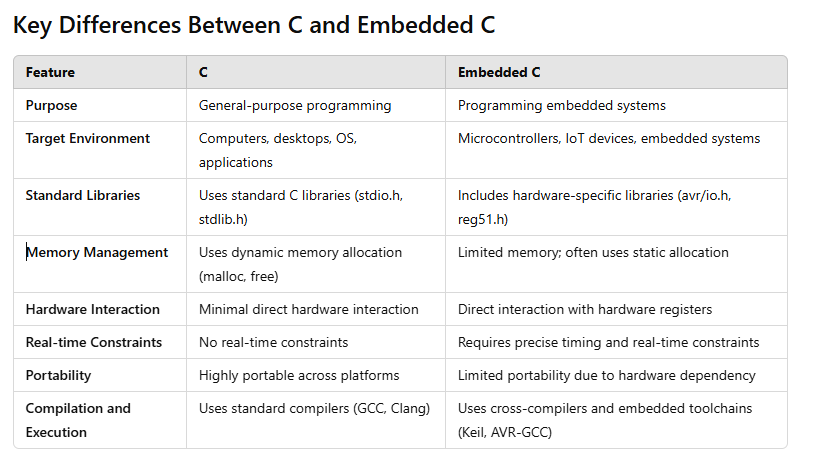Types of Embedded Systems: Real-Time, Standalone, and Networked
Embedded systems power countless devices in our daily lives, from home appliances and cars to industrial machines and medical devices. These systems may look similar on the surface, but they come in different types, each designed for specific roles and functions. In this blog, we’ll take a closer look at three major types of embedded systems: Real-Time, Standalone, and Networked systems.








